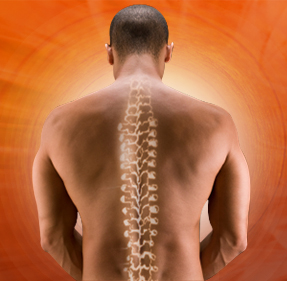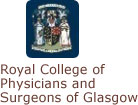Anterior Cervical Discectomy With Fusion
Anterior cervical discectomy with fusion is a surgical procedure that involves relieving the pressure placed on nerve roots and/or the spinal cord by a herniated disc or bone spurs in the neck - a condition referred to as nerve root compression.
What Is Anterior Cervical Discectomy With Fusion?
Cervical refers to the 7 vertebrae of the neck. Discs are the spongy, cartilaginous pads between each vertebra, and ectomy means “to take out”. In a cervical discectomy, the surgeon accesses the cervical spine through a small incision in the neck and removes all or part of the disc - and/or in some cases bone material - that’s pressing on the nerves and causing pain.
Spinal fusion involves placing bone graft between two or more affected vertebrae to promote bone growth between the vertebral bodies. The graft material acts as a binding medium and also helps maintain normal disc height – as the body heals, the vertebral bone and bone graft eventually grow together to join the vertebrae and stabilize the spine.
Why Do I Need This Procedure?
If you have a herniated disc, this means that the nucleus pulposus – the soft, gel-like center of the disc - has pushed through the annulus fibrosus, the disc’s tough, outer ring. Bone spurs, also called osteophytes, can form when the joints of the spine calcify.
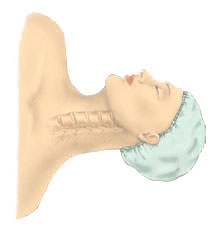
Pressure placed on nerve roots, ligaments or the spinal cord by a herniated disc or bone spur may cause
- Pain in the neck and/or arms
- Lack of coordination
- Numbness or weakness in the arms, forearms or fingers
Pressure placed on the spinal cord as it passes through the cervical spine can be serious, since most of the nerves for rest of the body (e.g., arms, chest, abdomen, legs) must pass through the neck from the brain. A cervical discectomy can ease pressure on the nerves, ultimately providing pain relief.
An anterior cervical discectomy with spinal fusion is typically recommended only after non-surgical treatment methods fail. Your surgeon will take a number of factors into consideration before making this recommendation, including the condition to be treated, your age, health and lifestyle and your anticipated level of activity following surgery. Please discuss this treatment option thoroughly with your spinal care provider.
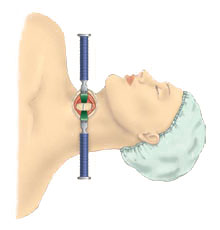
How Is An Anterior Cervical Discectomy With Fusion Performed?
Through a small incision made near the front of the neck, the surgeon
- Removes the intervertebral disc to access the compressed neural structures
- Relieves the pressure by removing the source of the compression
- Places a bone graft between the adjacent vertebrae and
- In some cases, uses instrumentation – metal plates or pins that will provide extra support and stability to help ensure proper fusion
How Long Will It Take Me To Recover?
Your surgeon will have a specific post-operative recovery/exercise plan to help you return to your normal activity level as soon as possible. The amount of time that you have to stay in the hospital will depend on this treatment plan. You typically will be up and walking in the hospital by the end of the first day after the surgery. You may return to work in 3-6 weeks, depending on how well your body is healing and the type of work/activity level you plan to return to.
Work closely with your spinal surgeon to determine the appropriate recovery protocol for you, and follow his or her instructions to optimize the healing process.
 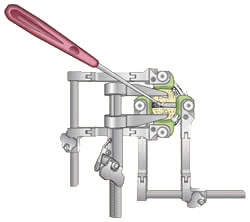
Are There Any Potential Risks Or Complications?
All treatment and outcome results are specific to the individual patient. Results may vary. Complications such as infection, nerve damage, blood clots, blood loss and bowel and bladder problems, along with complications associated with anesthesia, are some of the potential risks of spinal surgery. A potential risk inherent to spinal fusion is failure of the vertebral bone and graft to properly fuse, a condition that may require additional surgery.
Please consult your physician for a complete list of indications, warnings, precautions, adverse effects, clinical results and other important medical information that pertains to the anterior cervical discectomy with fusion procedure.
|

